Internal and external condensation is caused by the same process
This is atmospheric moisture condensing on cold surfaces. This can be commonly seen as dew on grass, moisture settling on cold bottles brought out of the fridge, car windows misted over outside on colder mornings and many other instances of this occurrence that are understood and widely accepted as being normal.
 Warm air can hold higher levels of moisture, often described as humidity. Cold air holds less and if the temperature drops, cooler surfaces such as glass in windows, will offer a perfect place for moisture to condense onto.
Warm air can hold higher levels of moisture, often described as humidity. Cold air holds less and if the temperature drops, cooler surfaces such as glass in windows, will offer a perfect place for moisture to condense onto.
The moisture has not seeped out of the bottles, car windows or glass but has condensed onto the cold surface as the ‘dew’ point is reached. The dew point being the temperature where the local atmosphere can no longer hold the moisture.
Internal condensation
A common complaint from residential customers is that the condensation they experienced with their old windows is still happening with their newly installed windows. As described above, the moisture is not leaking out of the windows.
The reason why the internal condensation occurs is based on a number of variable factors that are out of the window fitters’ control. The moisture is in the air within the room/building and not in the windows/glass. Factors to consider include:
Moisture arising in the dwelling from:
- Cooking
- Bathing
- Drying clothes without extraction
- New decoration
- Newly plastered walls and newly laid concrete flooring
- Poor or no ventilation
- No extractor fans in bathrooms/kitchens
- No trickle vents
- Never opening windows to allow air circulation
The new windows are airtight reducing heat loss but not allowing any ventilation. Therefore excess moisture in the dwelling may condense on the cold surfaces that large glass areas offer. Common sense steps need to be put into practice to reduce the levels of moisture and thus reduce condensation occurrence.
This can be as simple as opening a window, using extractor fans, venting tumble driers outside, giving time for the new plastering/decoration to dry out, dehumidifiers, not drying clothes on radiators, etc. Modern glazing components such as warm edge spacer bars can help reduce condensation levels by reducing heat loss through the glazing.
This keeps the inner pane at higher a temperature, where condensation can barely form. It needs to be understood that the moisture is in the dwelling and measures need to be taken as described above to reduce this if it is a problem. It is not coming from the windows.
External condensation
Building regulation changes since 2002 have resulted in higher performance, energy efficient windows and doors to be installed in all properties when replaced or new build when constructed.
This high performance is related to insulation and reducing heat loss. This has in turn created a phenomenon known as external condensation that can be as problematic to homeowners as internal condensation.
As the name suggests, this is where condensation forms on the external pane of the glazing. Although this can be worrisome, the condensation is an indication that the windows are working well and reducing heat loss.
Again, the condensation is not leaking out of the windows or glass but is atmospheric moisture reaching its dew point and forming on any available cold surface.
The new high performance windows and glazing are preventing heat loss through them.This means that the outer pane is no longer kept warm by heat loss (as in older windows) and therefore by being cooler, presents a large area where external condensation may form.
A similar process is snow on rooftops. Good loft insulation prevents heat loss and the snow remains on the roof of well insulated homes longer. Poorly insulated homes can be seen with little or no snow upon them.
External condensation usually occurs at certain times of the year under particular weather conditions. This is usually when the seasons change from winter to spring and autumn to winter. This usually results in warmer days and cooler nights. The overnight drop in temperature cools the outer pane and gives an area for moisture to condense on to should the humidity be at appropriate levels.
At times, some windows in a home may have external condensation whilst others don’t. This can be due to the aspect of the window. Northern facing aspects often experience higher levels of external condensation because they get no direct sun in the morning which usually evaporates the condensation.
Also, sheltered windows, such as one side of a bay window near a porch for example, can have condensation whilst a window in the same bay may not. This can be due to air movement/wind that can pass over the exposed window taking moisture with it but not reach the more sheltered aspects.
Normally the external condensation is short lived and only occurs on cool mornings. Often it may have evaporated in the early hours before a homeowner opens the curtains and never be seen. In extreme circumstances as in sheltered northern facing aspects, with a cool night and high humidity, the condensation may occur more or stay longer.
Anti-condensation glass has been developed and can be specified but this will only reduce the occurrence and levels of condensation and not eliminate it.
Associated condensation issues
A regular query we receive at Glasscraft regards ‘Condensation Patterning‘. This stems from condensation on the glass surface and the appearance of various shapes within the condensation.
During manufacturing, the glass is moved around by our flat glass supplier in sheets measuring approximately 3m x 6m and processed in to approximately 3m x 2m sheets that we can handle and move around our factory.
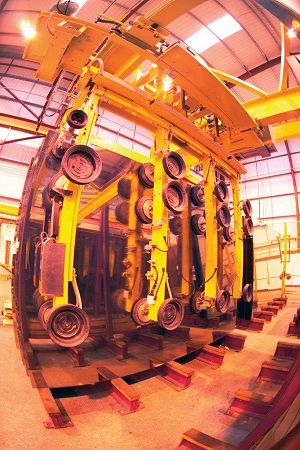 This transportation is mainly done using suction cup transporters that allow the picking up of large cumbersome sheets of glass without damage or risk to both staff and glass. This is a vacuum suction cup and can be various sizes and shapes depending in the process being done.
This transportation is mainly done using suction cup transporters that allow the picking up of large cumbersome sheets of glass without damage or risk to both staff and glass. This is a vacuum suction cup and can be various sizes and shapes depending in the process being done.
Some are circular and around dinner plate size possibly 6 circles in 2 lines of 3, or smaller saucer sizes. Our processing equipment has some oval shaped cups that again move and hold the glass whilst processing.
Post processing includes the application of an identification label that is rectangular measuring approximately 12cm x 8cm and protection pads approximately 2cm x 2cm.
All these processing, identification and protective items may leave slight residue on the glass surface. These cannot be seen in normal dry conditions but being hydrophobic deposits (repelling moisture), they appear as clear shapes/marks in the glass when condensation is present.
This does not represent a fault in the glazing but is part of standard manufacturing processes. This is normal and over time they will fade.
Downloads

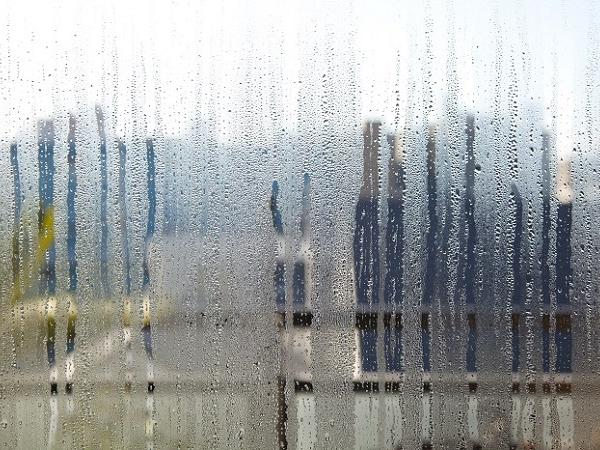




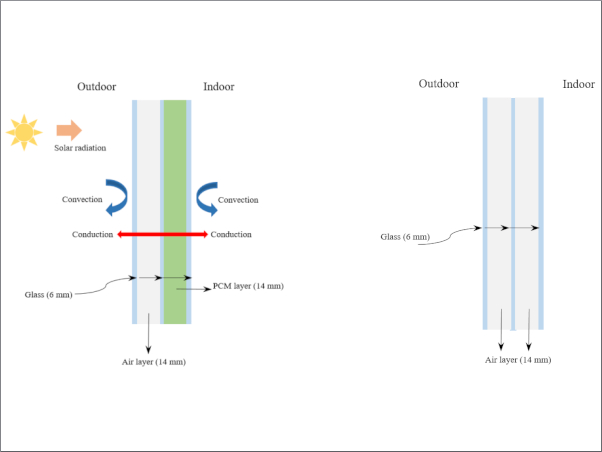
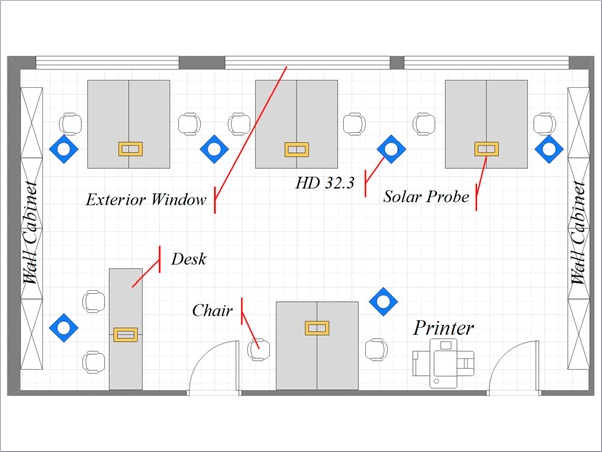
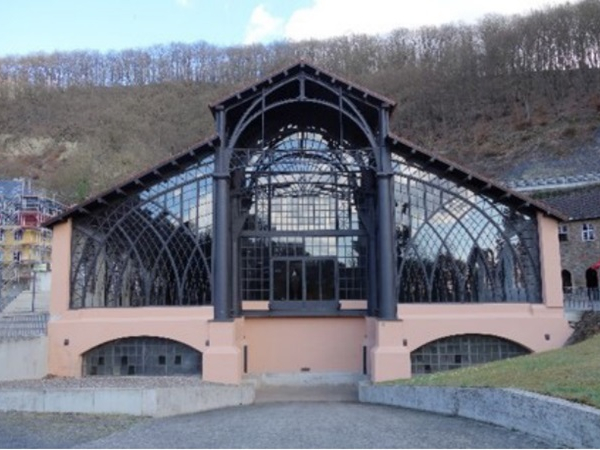


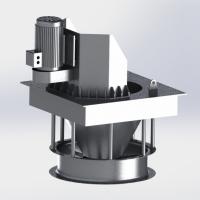

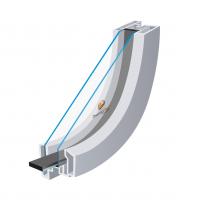
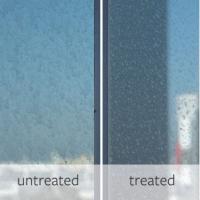
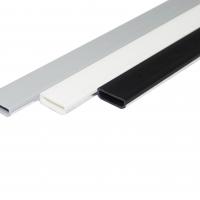
Comments
Dear Sirs,
I am Nguyen in Vietnam, south east Asean nation. in my area, temperature about 27-38 C degree outdoor, so indoor need air cond remaining abroun 24-26C degree. in and out is 10C difference.
My questions:
1/ Should use insulated glass or laminated glass when client do not want to see condensation?
- Sometimes i can see this condensation on laminated glass (glass wall).
- Sometimes see this on IG. Maybe this IG defected.
2/ in case airspacer on IG no defect. which temperature between outdoor and indoor will make the glass get condensation?
3/ An IG with Argon will react better than IG with airgap in avoiding condensation?
4/ in Asian, glass processors always propose air while i know it is better to insert gases. When a big panel of IG without gas inside, the glass surface will bow looking ? must insert gas in big panels right?
Thank you for your respond.
Nguyen T Quoc
quoc.kinhfacade@gmail.com